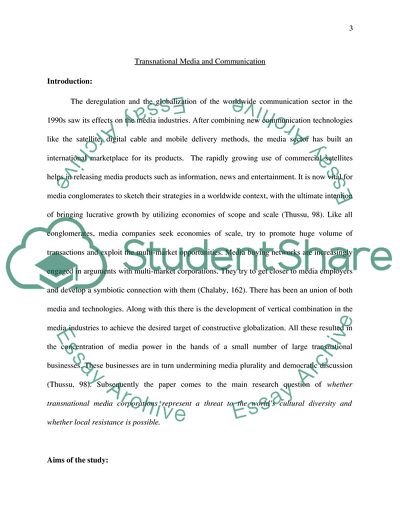Cite this document
(Transnational Media and Communication Research Paper, n.d.)
Transnational Media and Communication Research Paper. Retrieved from https://studentshare.org/media/1729004-transnational-media-and-globalization
Transnational Media and Communication Research Paper. Retrieved from https://studentshare.org/media/1729004-transnational-media-and-globalization
(Transnational Media and Communication Research Paper)
Transnational Media and Communication Research Paper. https://studentshare.org/media/1729004-transnational-media-and-globalization.
Transnational Media and Communication Research Paper. https://studentshare.org/media/1729004-transnational-media-and-globalization.
“Transnational Media and Communication Research Paper”, n.d. https://studentshare.org/media/1729004-transnational-media-and-globalization.


